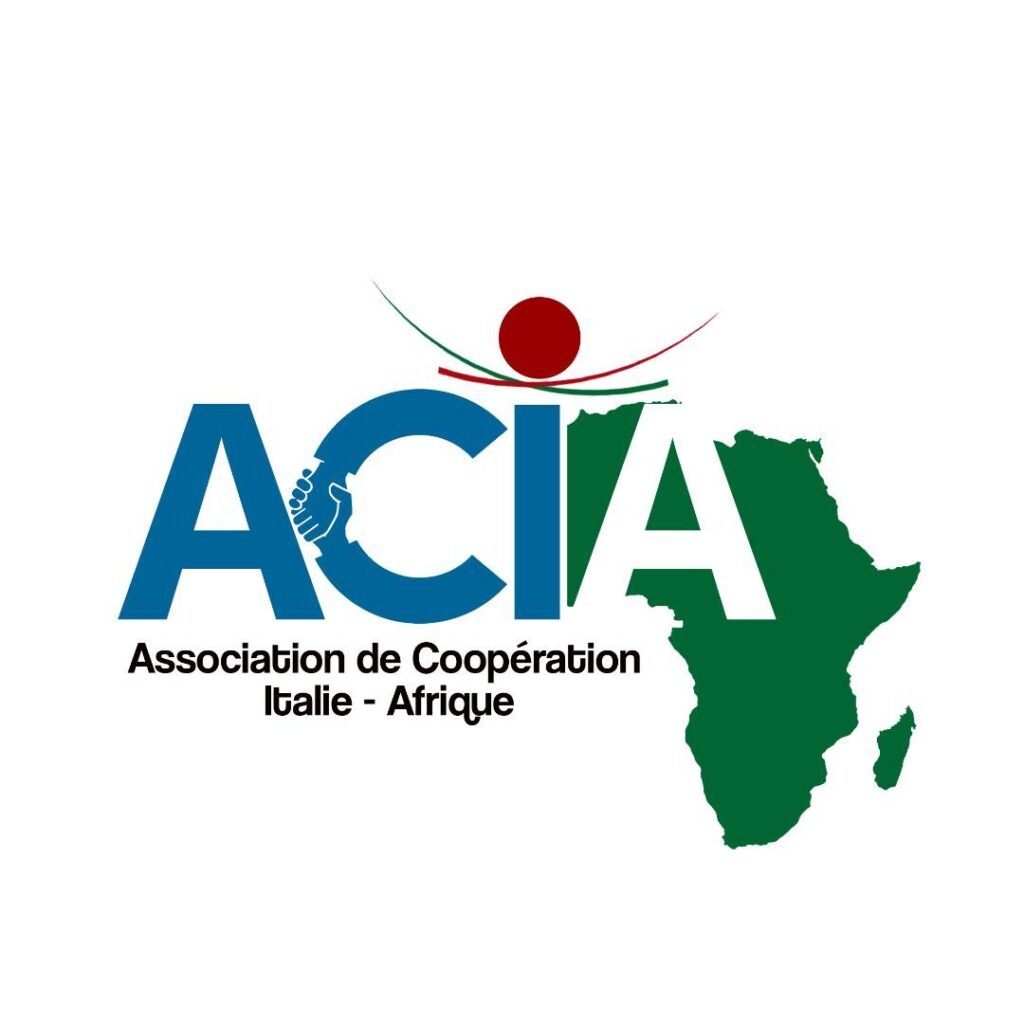Cash against documents (CAD)
L'documentary takings consists in a form of payment whereby the seller mandates its bank to collect the amount of the supply from the buyer upon delivery of the commercial documents (i.e. invoices, shipping documents,) and any financial documents (e.g. securities).
Again, this will be referred to as contextual payment, but contextual payment is not a function of the delivery of the goods, but rather of the documents required to be able to collect the goods.
This instrument necessarily involves at least two banks in the transaction, the first, called the 'transmitter', in the seller's country (the latter acting as principal in respect of the transaction) and a second bank called the 'presenter', located in the buyer's country.
Documentary collection does not provide certainty of the successful outcome of the transaction, but rather guarantees the security of the transit of documents and the diligent fulfilment of the mandate by the banks involved in the transaction.
However, there remain the typical risks associated with the will of the parties: at the time of payment of the documents the buyer has no possibility of verifying the conformity of the goods (nor does the bank check the documents), but nevertheless has the certainty that the goods have been shipped and are no longer in the seller's possession.
The latter, on the other hand, while not having the certainty of payment of the documents by the purchaser at the time of dispatch, knows that in the absence of payment of the documents the presenting bank will not deliver the documents to the purchaser who will not be able to collect the goods.
Collection transactions against documents are governed by Publication No. 522 of Paris International Chamber of Commerce which uniformly regulates the rules of operation of the operation.
The most common form of documentary takings is the payment against documents (CAD)but payment by acceptance is also not uncommon.
In that case, the buyer receives the documents by accepting a draft (or by issuing an IOU).
The documents that are sent to the buyer via the banks are the documents usually needed for import: invoices, DDT, goods insurance certificate, packing listany other documents required by the parties or by the regulations in force.
It should be reiterated that banks, in documentary collection transactions, never enter into the merits of the documents themselves, nor can they be held responsible for the fate of the goods themselves.
It is clear from the above that both parties bear risksthe buyer to receive, after having made payment for the documents, goods that do not conform to the order; the seller on the other hand, after having dispatched the goods, may be faced with a refusal by the buyer to collect (and consequently to pay for) the documents.
Another important aspect to consider is the term of surrender of the goods to be applied to the transaction. Indeed, it is advisable for the seller to choose a return term that allows the goods to be controlled for as long as possible so as to make it easier, in the event that the buyer refuses to collect the documents, to handle the return of the goods and/or delivery to another party. It is therefore advisable to avoid return terms such as Ex Work or Group F terms.
Such an instrument is mainly advisable in the case of established relations between the Parties or of relatively low amountsand to avoid its use in the case of large amounts or unknown customers whose commercial risk cannot be assessed.
The CAD system is usually used in the case of shipments by sea, but there is no reason why it cannot also be used in the case of shipments by other modes. In that case it becomes indispensable to have control of the goods up to their destination and to identify not the buyer directly but the bank as the consignee of the goods.
In some countries, the buyer often manages to take possession of the goods anyway. It is therefore always recommended country risk analysis (specifically corruption rate).
Documentary Credit Transactions
In international buying and selling the letter of credit (or more simply documentary credit) is the most commonly used means of payment, especially when the counterparty resides in a country with a high 'country risk'. It is by far the form that best protects the seller in that with documentary credit a bank (issuer) irrevocably and autonomously undertakes to execute payment (i.e. without any exception or action on the part of the originator and with the sole possibility of objecting to discrepancies in the documents presented) in favour of the beneficiary on condition that the beneficiary presents all the required documents in the manner and within the time limits set out in the letter of credit and in accordance with the Uniform Standards and Uses of International Chamber of Commerce (UCP Publication 600) in force since 1 July 2007 and from Uniform International Banking Practice (ISBP Publication 745) in force since 1 July 2013.
There are many parties involved in documentary credit transactions, from the seller to the buyer and the banks involved (with different roles). The UCP600 rules clarify, in Art. 2 (under the heading "Definitions"), the classification of the subjects. In particular, among the other definitions in Art. 2, the following definitions stand out with regard to subjects:
Ordering: means the party at whose request the credit is issued (Buyer).
Beneficiary: means the party in whose favour the credit is issued (Seller).
Issuing bank: means the bank that issues a credit at the request of an originator or for its own account.
Confirming bank: means the bank adding its confirmation to a claim upon authorisation or request by the issuing bank.
Designated Bank: means the bank at which the credit is usable, i.e. any bank in the case of a credit usable at any bank.
Since with documentary credit, the issuing bank commits itself to making payment against the presentation of compliant documents by the beneficiary, payment becomes free from the will of the debtor and, therefore, it can be said that documentary credit allowsif well managed by the beneficiary, the elimination of commercial risk (insolvency of the debtor).
However, since the issuing bank is usually a bank in the same country as the borrower, if the borrower is in a country with high political risk, the loan remains subject to that risk category. Instead, in order to eliminate or at least limit political risk, one uses the institution of credit confirmation through which the seller obtains a further obligation, also independent, from another bank (confirming bank) which undertakes to honour the credit on the same terms as the credit originally issued by the issuing bank.
The institution of confirmation assumes a fundamental importance for the operator, as it makes it possible to eliminate the risk of insolvency of the issuing bank (one thinks in this respect of the hypothesis that the originator's bank is not of high standing) and the political risk precisely because the beneficiary obtains the performance from the confirming bank after the latter has examined the documents, regardless of whether or not the latter is then reimbursed by the issuing bank.
The credit, in order to be confirmed, must be issued as such directly by the issuing bank (usually in field 49 of the form swift the words confirmed or may add).
The different payment methods
With regard to the bank's performance, documentary credit may provide for payment in various ways:
- on sight: if the bank pays immediately after verification of the documents and the presentation is in conformity with the claim.
- Deferred: if the bank undertakes to pay at a specified future date. In this case, it should be borne in mind that from the moment the bank declares the documents to be in conformity, the payee accrues the right to payment, and thus only has to wait for the due date, without the bank subsequently being able to raise further objections in order to refuse performance;
- For acceptance: At the request of its importing client, the bank undertakes to accept the documentary drafts drawn on it by the exporter. The bank then accepts on behalf of the importer (originator) the bills issued by the exporter (beneficiary) and at the same time collects the documents accompanying the draft. The drafts, once accepted, become a highly valued and easily monetised promissory note.
- By negotiation: means disbursement by the bank authorised to negotiate against the leg and/or the documents. However, the negotiation takes place against an assignment for consideration of the documentary credit, which results in the actual collection of a lower amount than the amount provided for by the credit. With regard to negotiation, it is useful to point out that this is performed by a bank other than the issuing bank, which will then reimburse the bank that has negotiated for the full amount envisaged by the claim.
Implications between documentary credit and terms for the return of goods
Many companies tend to use the terms of surrender in a manner detached from the payment condition practised, thereby lending themselves to a number of risks that could jeopardise the success of the transaction. This is the case even if the payment term chosen is the documentary credit.
Remember that one of the documents around which documentary credit revolves is the transport document, a document that changes depending on the type of transport used.
It follows that, for instance in a documentary credit export, the transport document to be produced by the payee at the time of presentation may have been prepared by a person instructed by him or by the ordering buyer, depending on the deadline for the return of the goods agreed upon between the parties.
It is always advisable to prefer a return term where the person preparing the document is entrusted by the beneficiaryin order to be able to properly instruct the person in charge on the conditions to be met by the transport document in harmony with the conditions required by the credit and those stated in the other documents. It is therefore advisable to avoid sales with a return date, for example Ex Works and prefer terms of group C (e.g. in the case of maritime transport, CIF or CFR).
Types of documentary credit
The transferable credit
This form of documentary credit allows the beneficiary (first beneficiary) to arrange for the credit opened in his favour to be transferred to one or more further beneficiaries in part or in full.
A credit may only be transferred if it is expressly designated as "transferable" by the issuing bank and only under the terms and conditions specified in the original credit, with the exception of certain elements such as the amount, unit prices, and period of validity, which may be subject to individual variations.
Subsidiary credit or counter-credit
It is a special form of credit that occurs when the beneficiary of an irrevocable documentary credit arranges, in turn, to open a new documentary credit (the back to back) in favour of a supplier for the purchase of goods covered by the basic credit.
The back to backUnlike the transferable credit, it is therefore in no way subject to the conditions of the basic credit and the originator of the credit back to backMoreover, it must be entrusted to the bank that will issue this credit and be a subject capable of handling the operation, which is quite complex and articulated.
Revolving credit
With revolving credit (revolving) the issuing bank undertakes to renew the commitment from time to time, always restoring the initial amount of credit. In practice, it is a normal documentary credit opening, the amount of which, after each use, is reinstated and made available to the beneficiary for a given number of times and under the same conditions as the credit originally issued. It may be cumulative (i.e. allowing unused amounts to be accumulated in subsequent drawdowns) or non-cumulative (where amounts not drawn down by the due date cannot be accumulated in subsequent drawdowns).
The advance or red clause credit
With the advance credit (red clause) the payment of certain sums to the beneficiary is authorised prior to the submission of the documents, against issue of a receipt attesting to the undertaking given to allocate those sums to the production and dispatch of the goods or otherwise to the preparation of the supply.
Stand-by letter of credit
La Stand-by has been included in the meaning of documentary credit by the UCP600 rules, as Art. 1 states: "... these rules apply to all documentary credits and, mutatis mutandis, to stand-by letters of credit ...".
In the letter of credit stand-by The bank's performance is conditional on the submission of documents from which the non-performance of the third party is clearly apparent. Such documents accompany the request for payment. The documents usually required are a copy of the invoice and the transport document (from which it can be easily deduced that the goods have been shipped) and the expiry of the prescribed payment terms.
Compared to documentary credit, the stand-by letter of credit is an easier and more flexible instrument (it is also suitable, as noted above, for covering several deliveries) and does not require banks to examine the documents, which, as is often the case, is the most difficult hurdle to overcome. Moreover, in some cases it enables certain problems to be solved that classic documentary credit could create, due to the simple fact that the documents travel separately from the goods.
Moreover, it allows, like documentary credit, to act not only on the commercial risk but also on the bank/country risk since it is applicable to letters of credit stand by the institution of confirmation.






